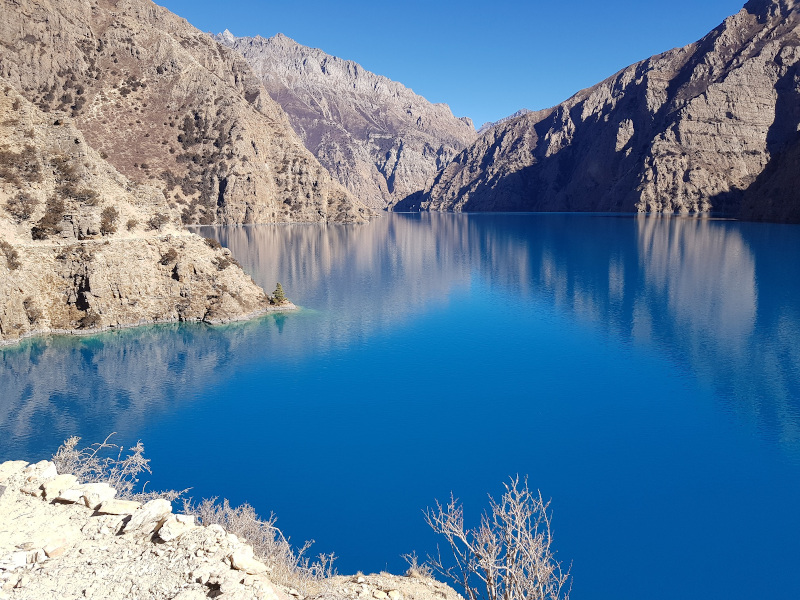Opinion: Protecting lakes from tourism infrastructure
Should the Paleo-lake of Kathmandu Valley still exist, it would be by far the largest lake in Nepal. The religious texts explain that the gods drained the water to allow for human habitation, and now the valley is filled with urban sprawl. An inventory prepared by the National Lake Conservation Development Committee (NLCDC) provides a list of over 5,000 lakes in Nepal, though many less than a hectare in size. It is interesting to note that the lakes are mostly located in the mountainous areas above 3,000 metres or in the Tarai-Siwalik below 500 metres. Lakes are tourist attractions. The question that arises is how these locations can be managed, allowing visitation, but ensuring minimum impact.
The lakes in Gokyo, within the Sagarmatha National Park World Heritage property, are considered to be the world's highest freshwater lake system, with the largest lake being at 4,839 metres. The highest individual lake was till recently Tilicho in the Annapurna Conservation Area, at 4,919 metres. Last year the Kajin Sara Lake was discovered just 45 kilometres to the southeast, in Chame Rural Municipality, at a height of 5,200 metres. The NLCDC inventory, however, mentions the Dhau Dhundhun Lake in Mustang as the highest placed lake at an altitude of 5,905 metres.
The spectacular bright blue Phoksundo Lake in Dolpo, located at an altitude of 3,600 metres, was thought to be 650 metres deep, until various surveys amended it. In 2004 the depth was amended to 145 metres, in 2008 to 202.41 metres and most recently in 2019 to 136.2 metres. This meant that the Phoksundo Lake was less deep than Rara Lake, which is considered to have a maximum depth of 167 metres, robbing its position as being the deepest lake in Nepal. This has, of course, become a political issue, with locals demanding further research to review the depth, while better understanding the high level of sedimentation into the lake and possible its mitigation.
The Kathmandu Valley might have lost its lake, but Pokhara still has the Phewa Tal. The second largest lake in Nepal is shrinking due to the high level of sediment influx. The water level is regulated by a dam, which was initially constructed in stone and mortar in 1933, replaced in 1942 with a rockfill dam, which failed in the 1960s and was replaced with a concrete dam, which again failed in 1974. The water level remained low until the new dam was constructed in 1982, during which land within the lake was illegally registered to private ownership.
Though development along the Lakeside was regulated till the early 1990s, the chaotic transition to democracy was misused to construct right up to the banks of the lake, with no sewage system, and surface drainage flowing into the lake. The growth of water hyacinth indicated deterioration of water quality. The tourist destination has now slowly realised the urgency of seriously dealing with its self-destruction.
Lessons from Pokhara don’t seem to be taken seriously. The government is promoting the development of lakes for tourism, however, without considering long-term sustainability. A few years ago, the government proudly announced commencement of road construction to Tilicho Lake. Tourist facilities have been built right next to Gokyo Lake. In Rara, road access and tourism facilities are being built by the lakeside along with the introduction of boating, impacting the lake and disrespecting the plight of those from the two villages that were resettled in Banke district when establishing the National Park in 1976.
However, there is hope. The local community in Dolpo has protested a road planned to Phoksundo Lake and are in the process of removing all developments near the lake. Such examples of activism, local awareness and protection of natural resources need to be promoted.
kai.weise@yahoo.com






